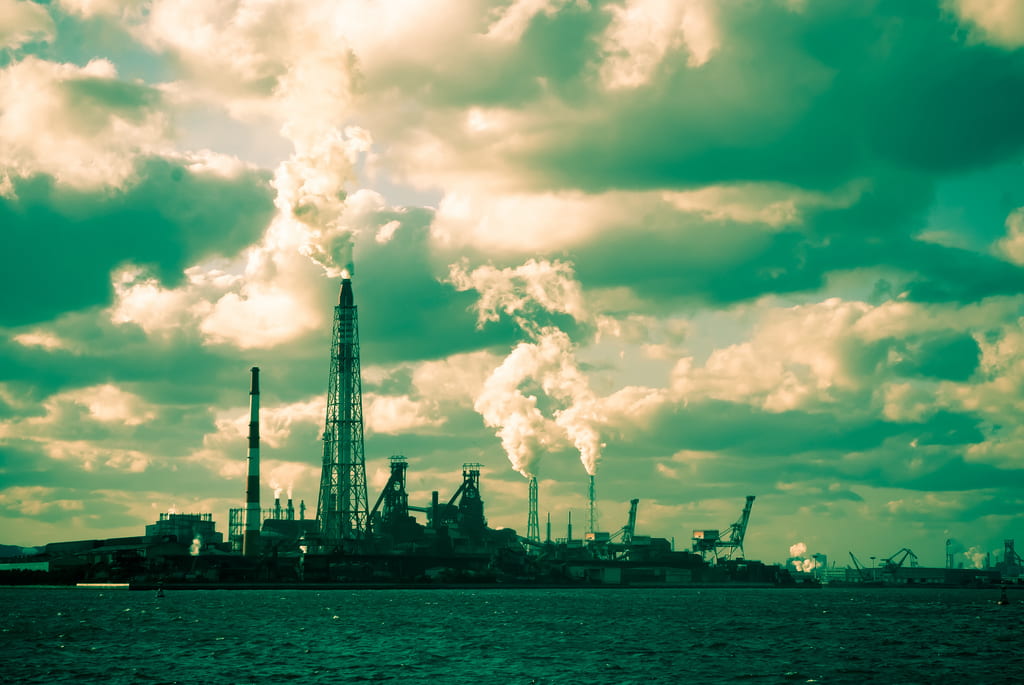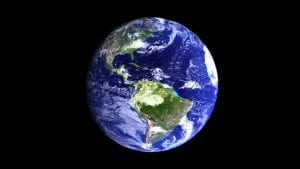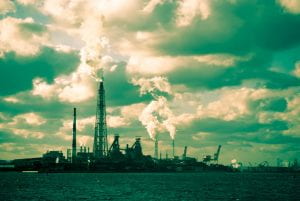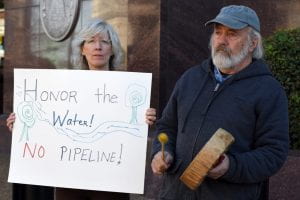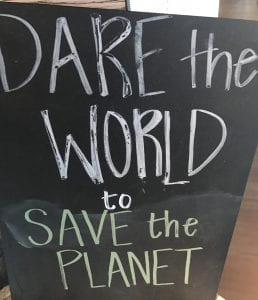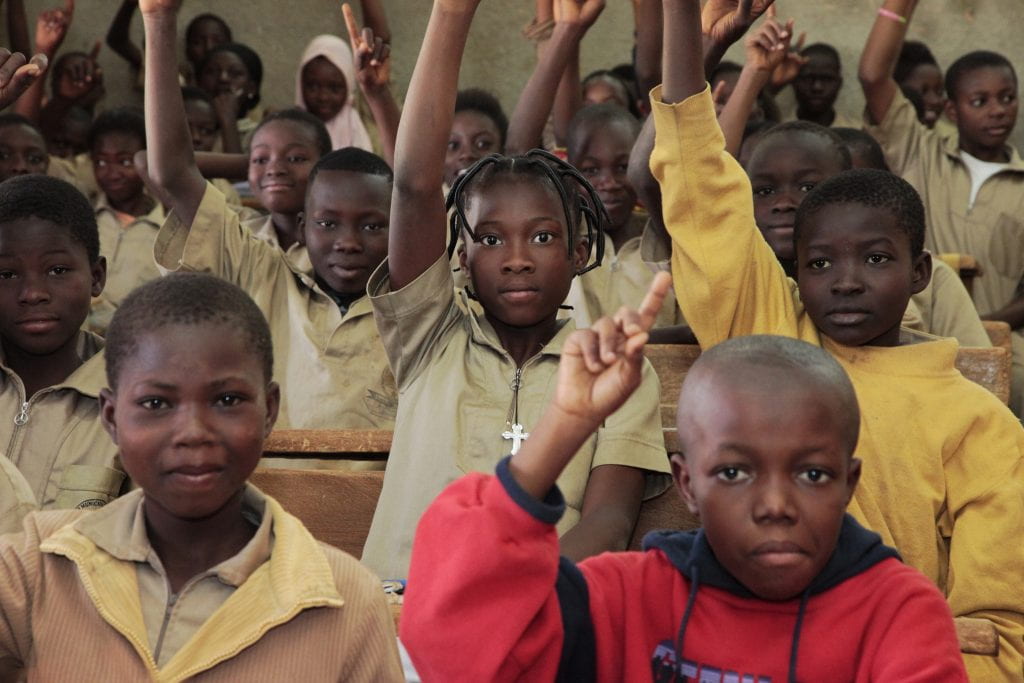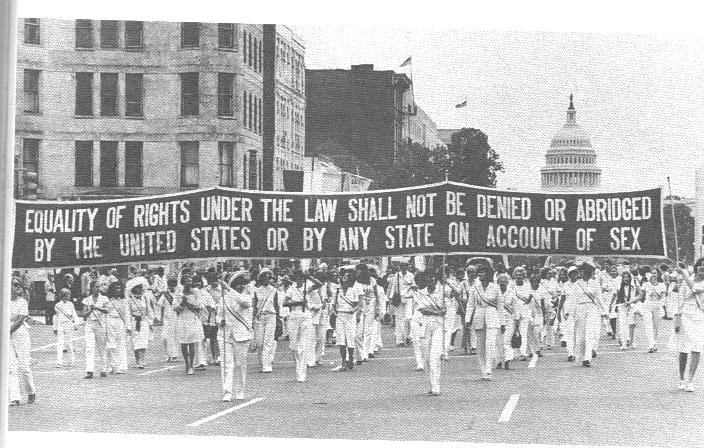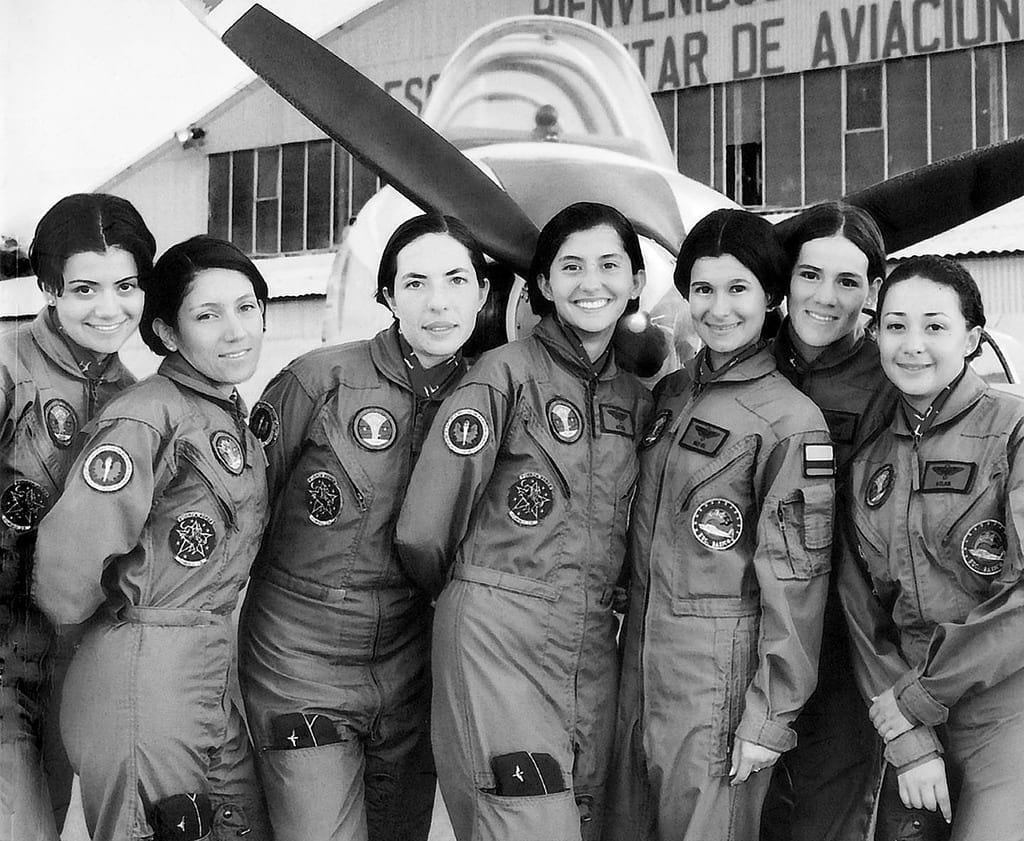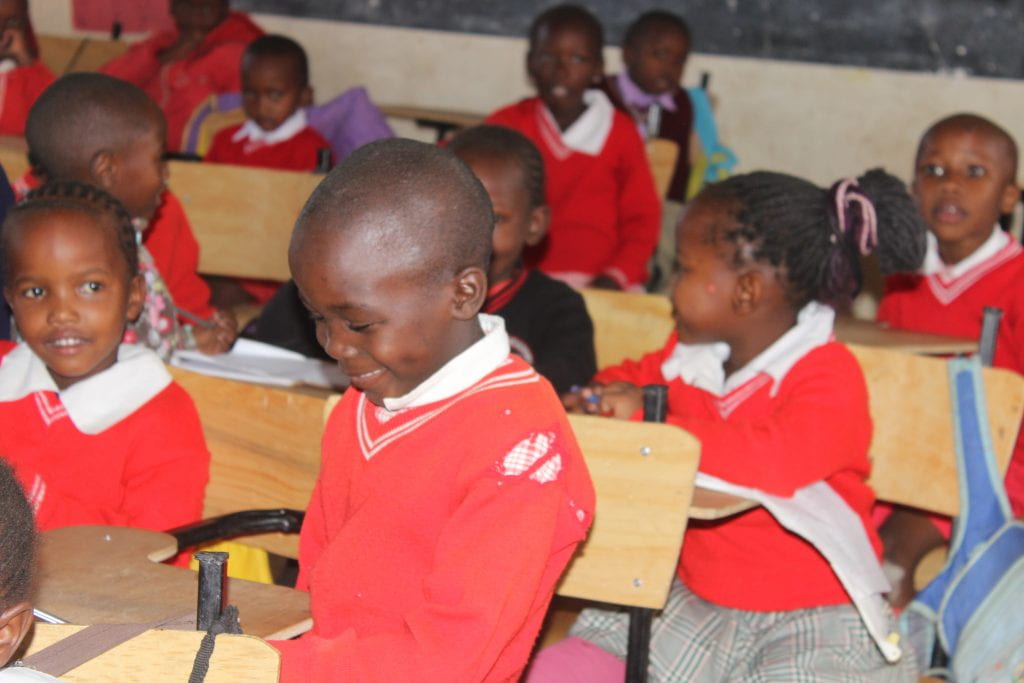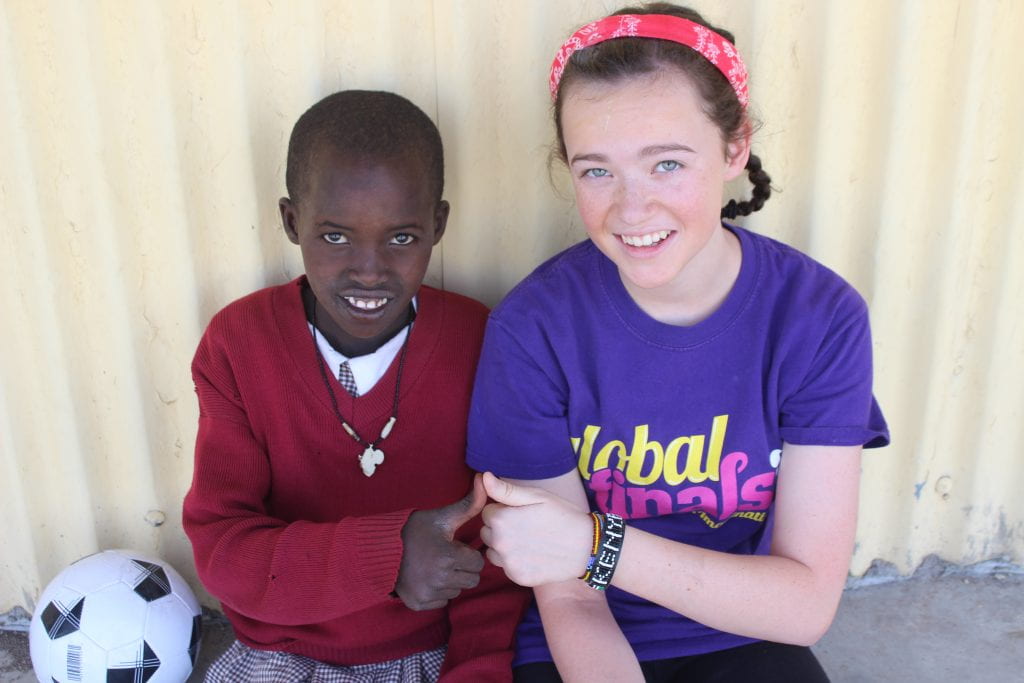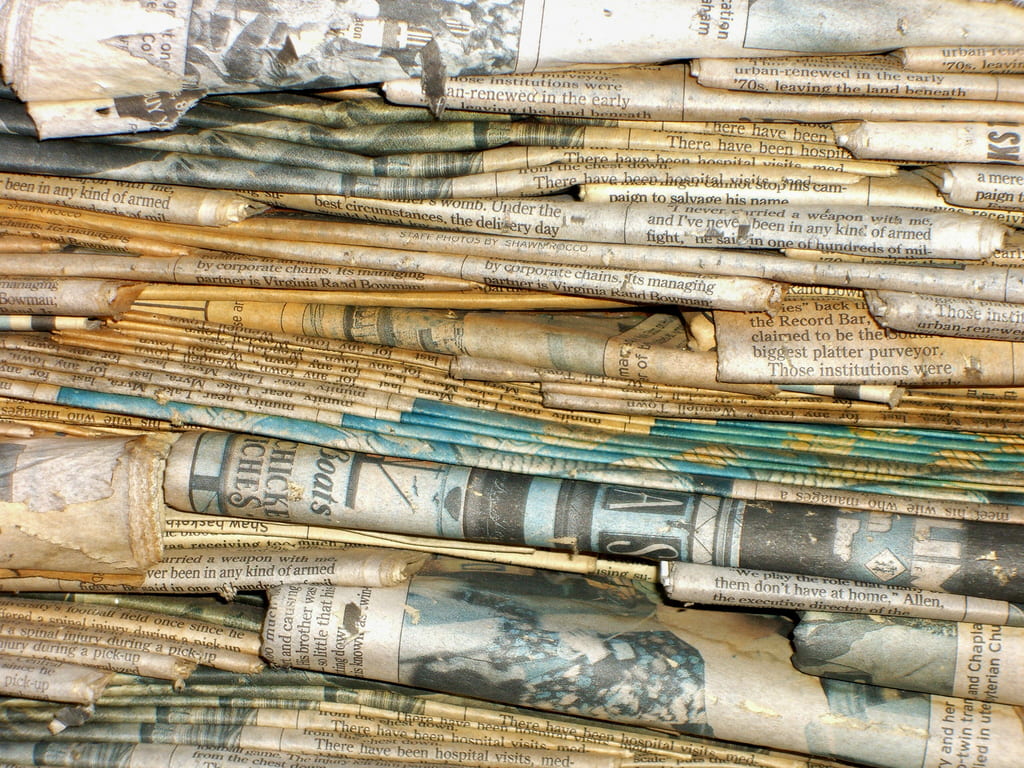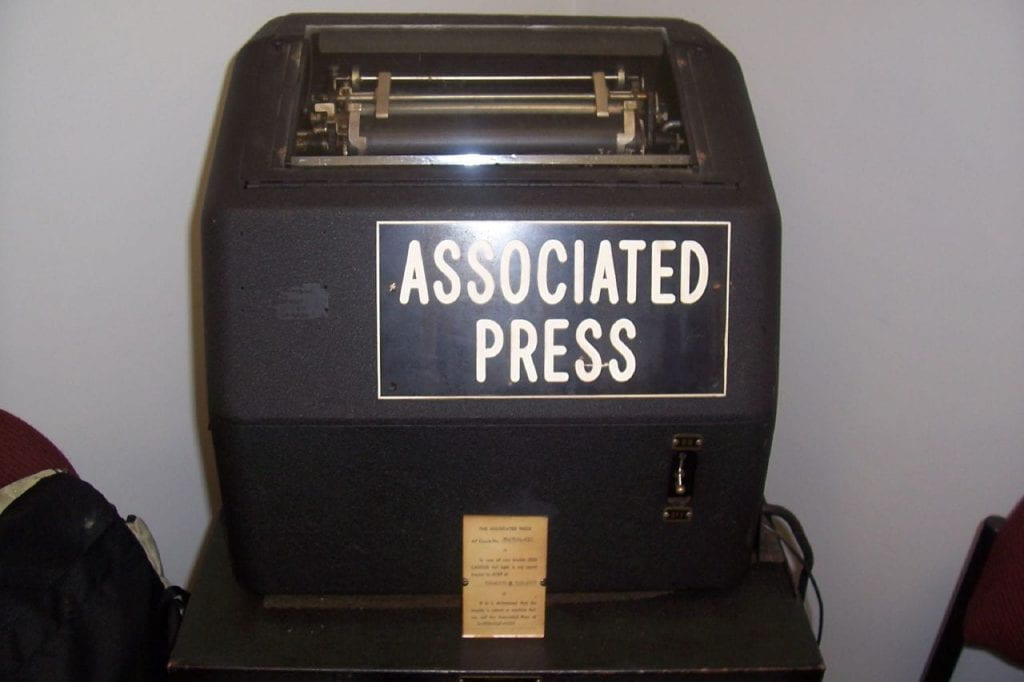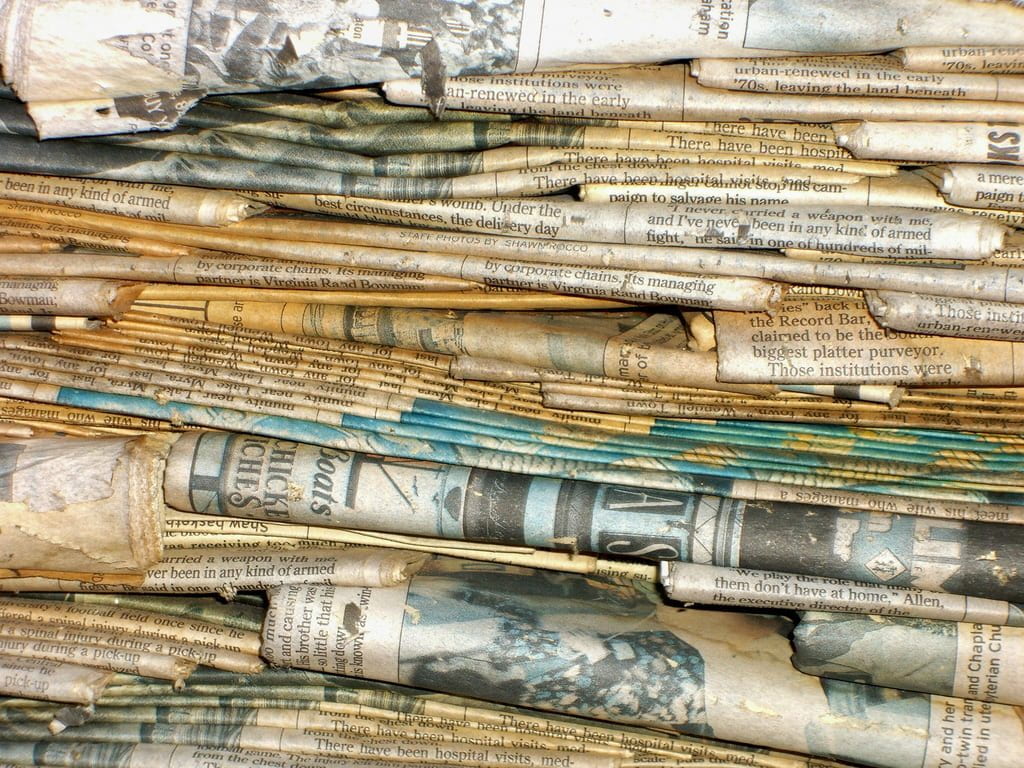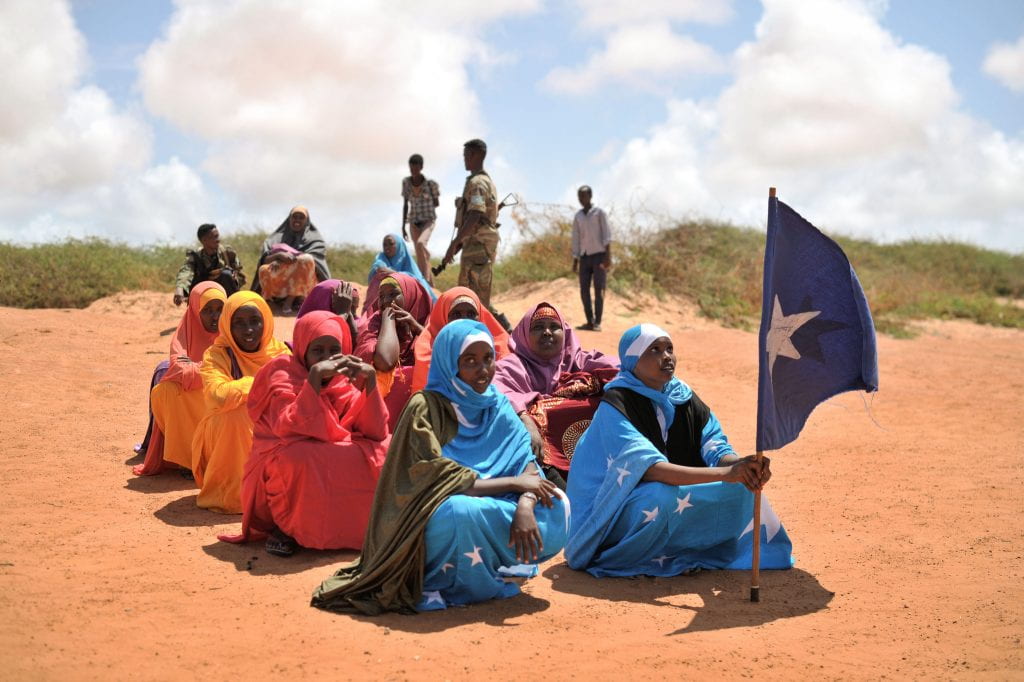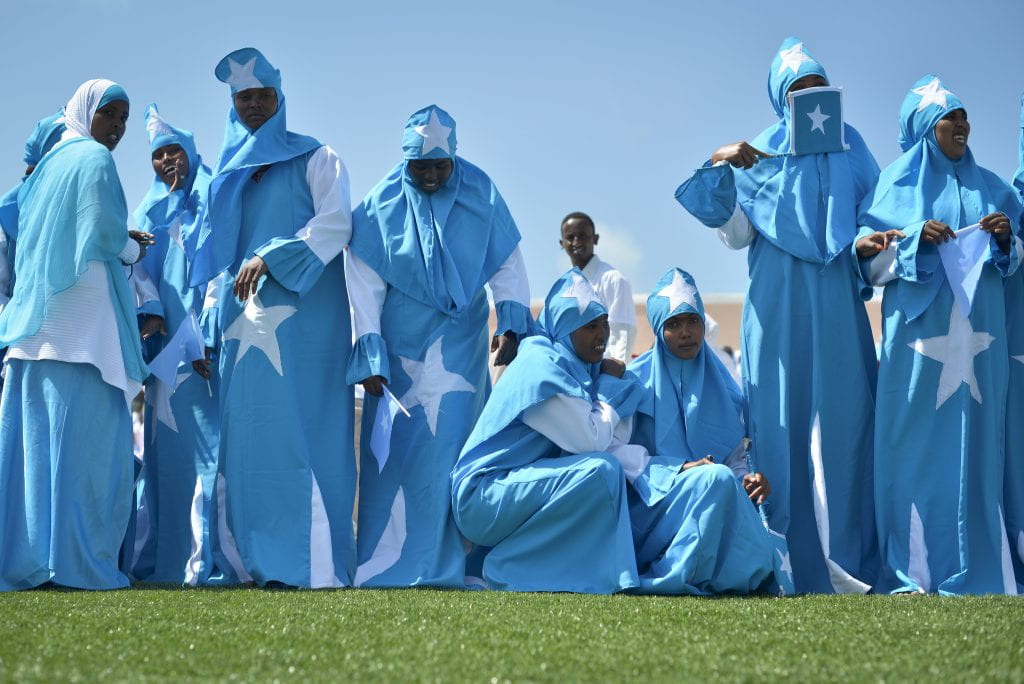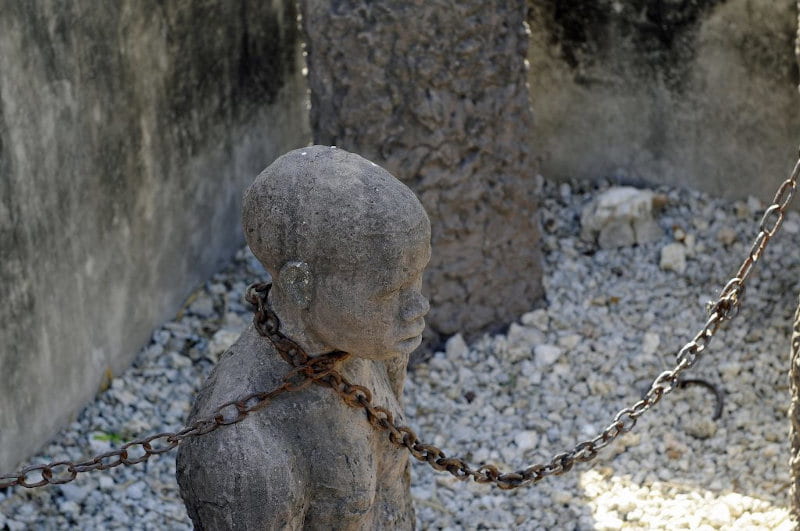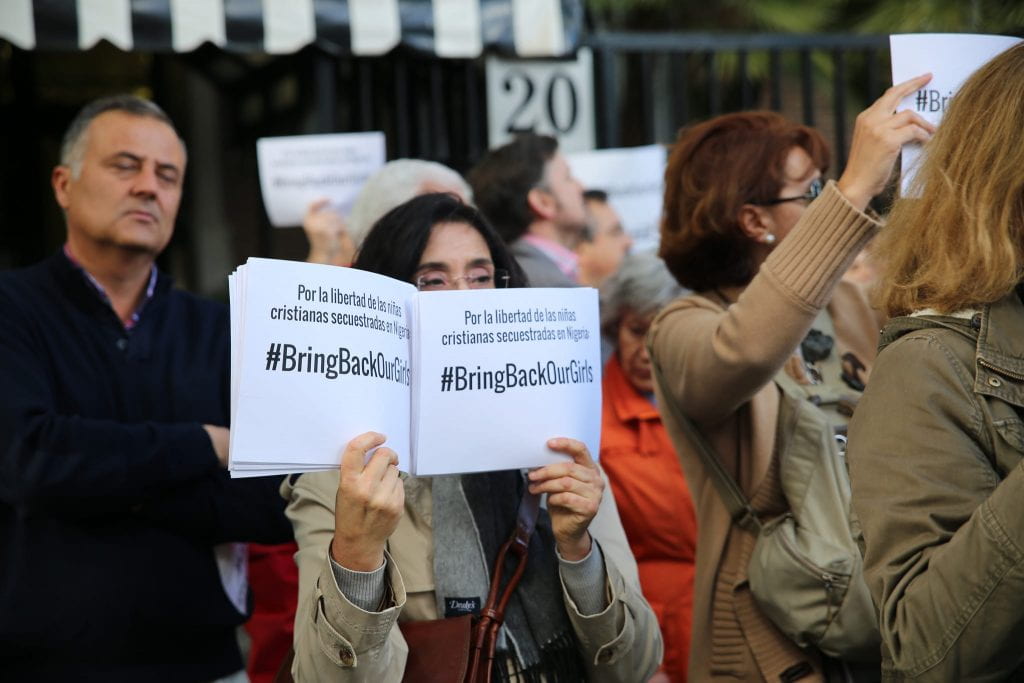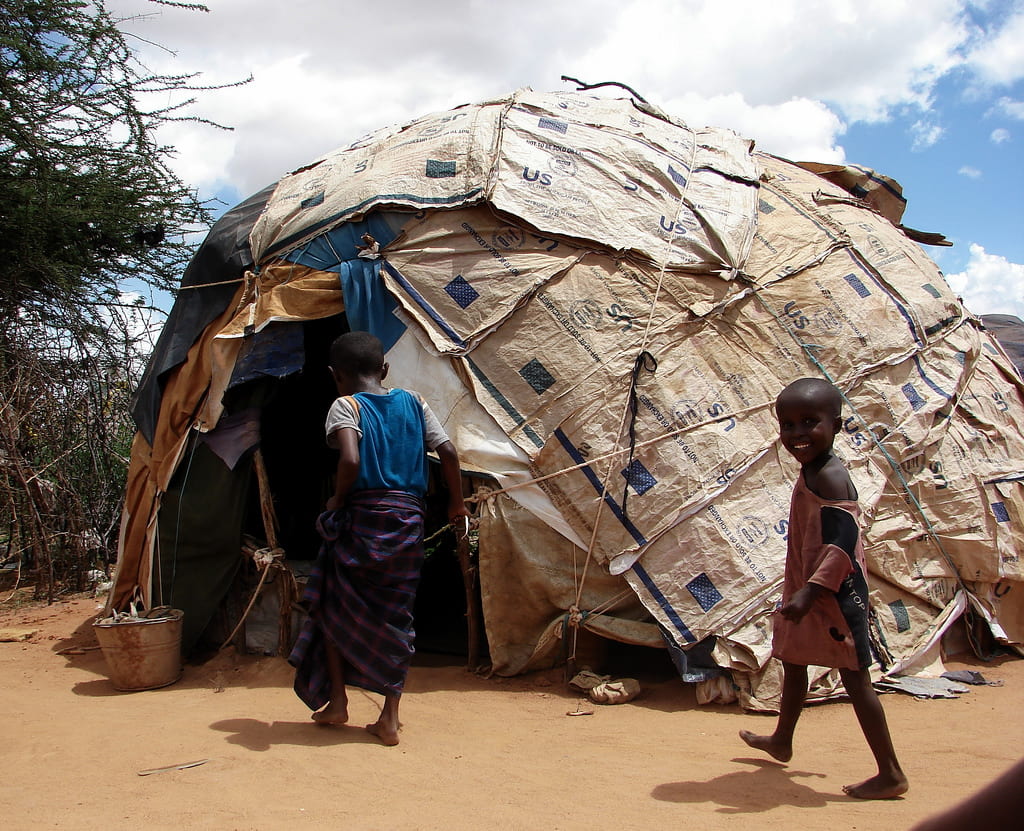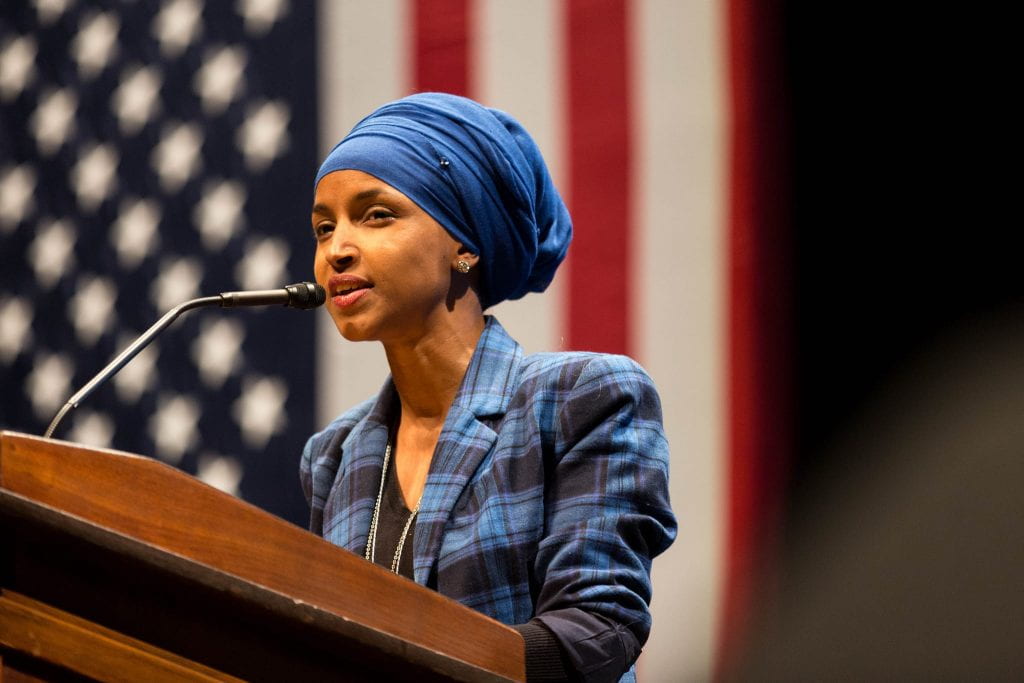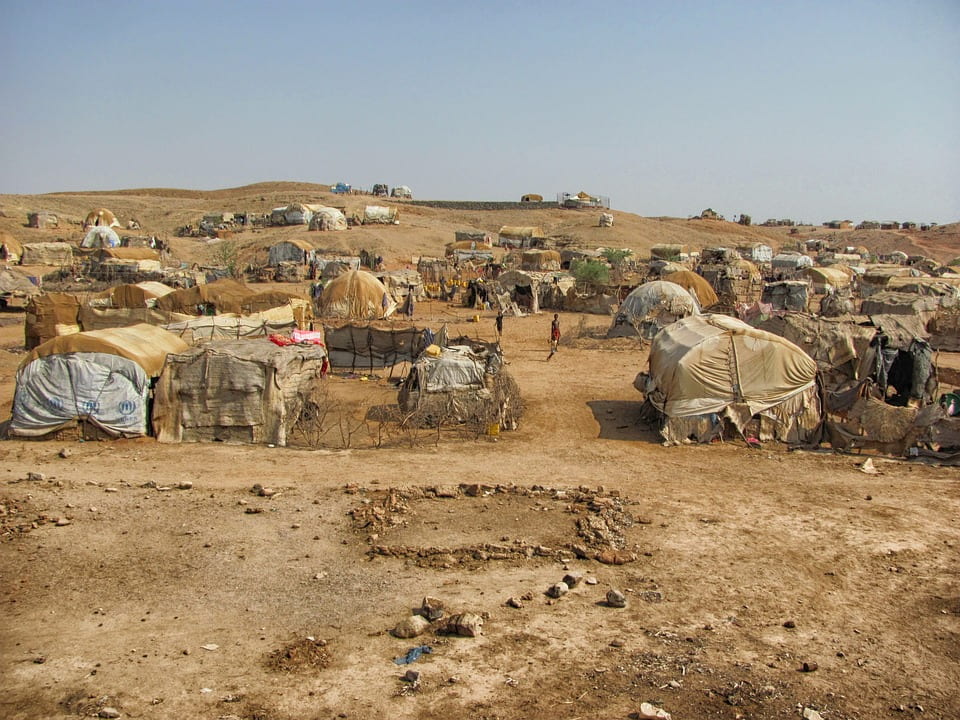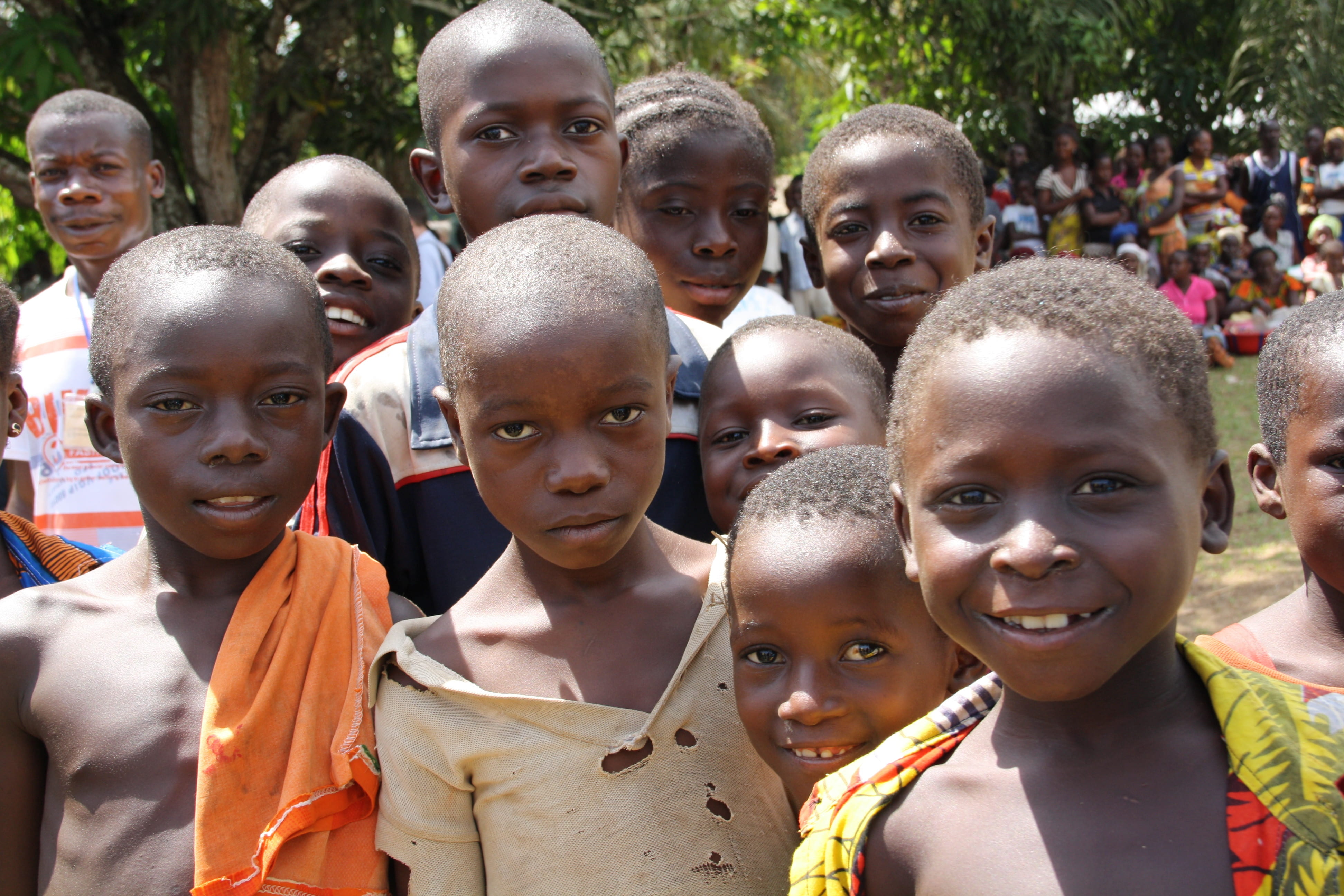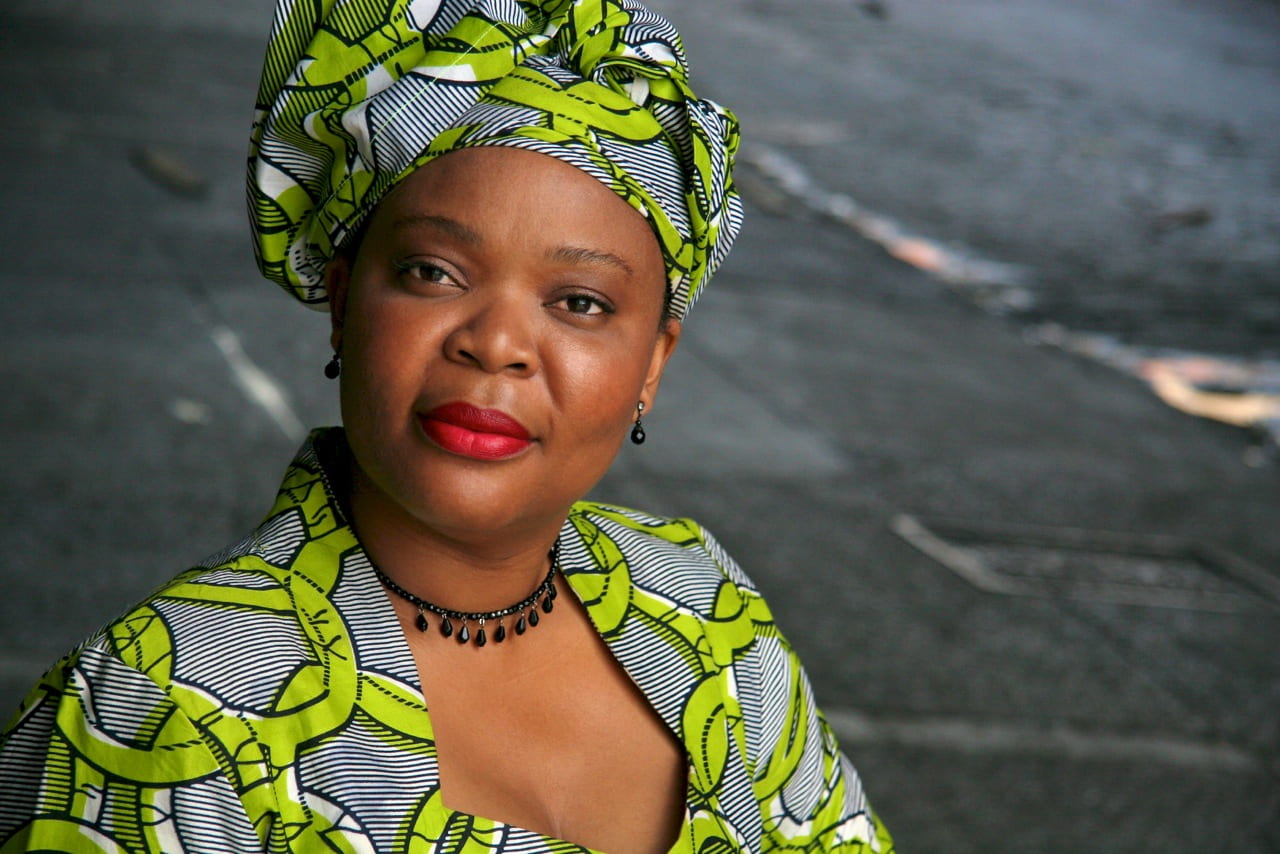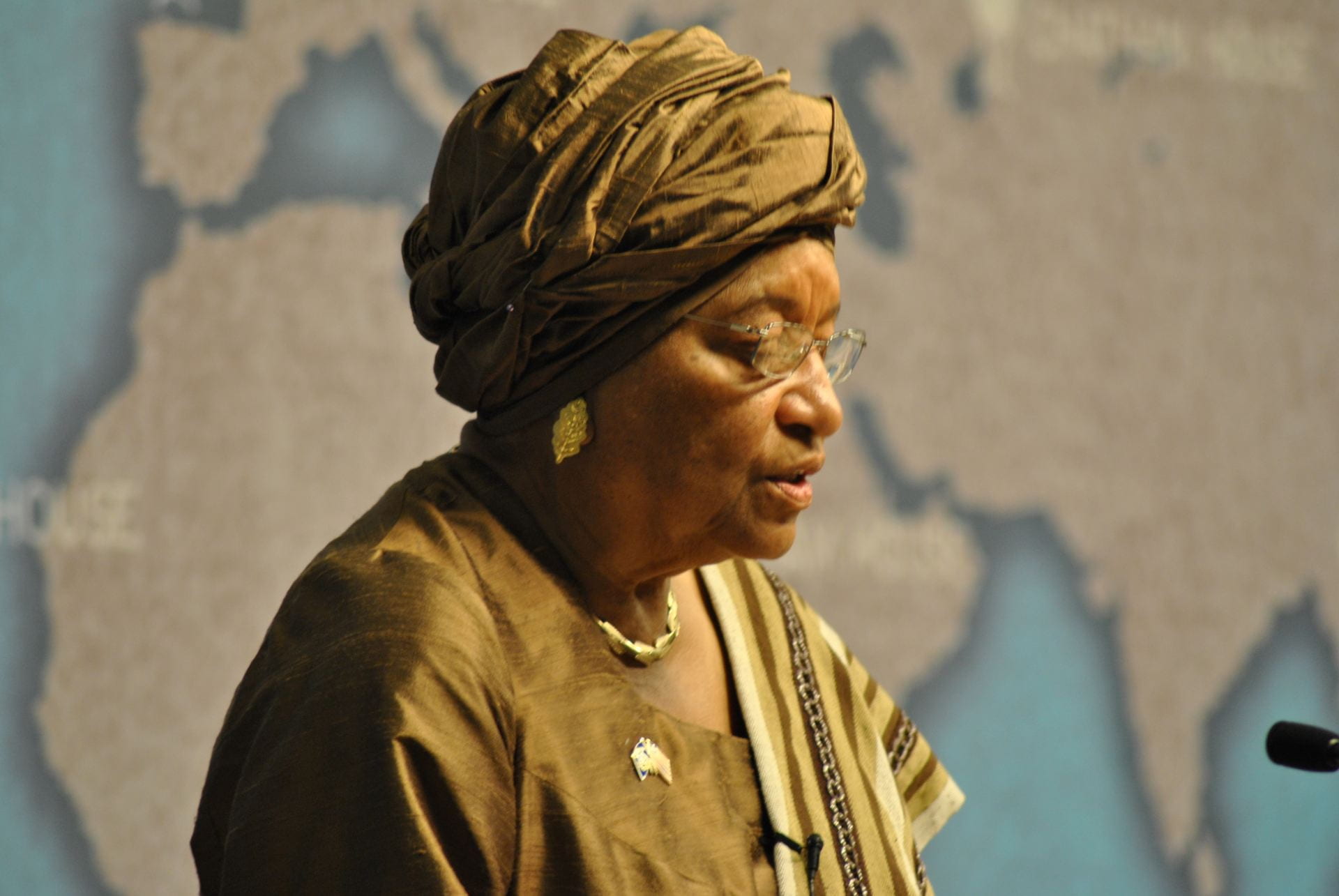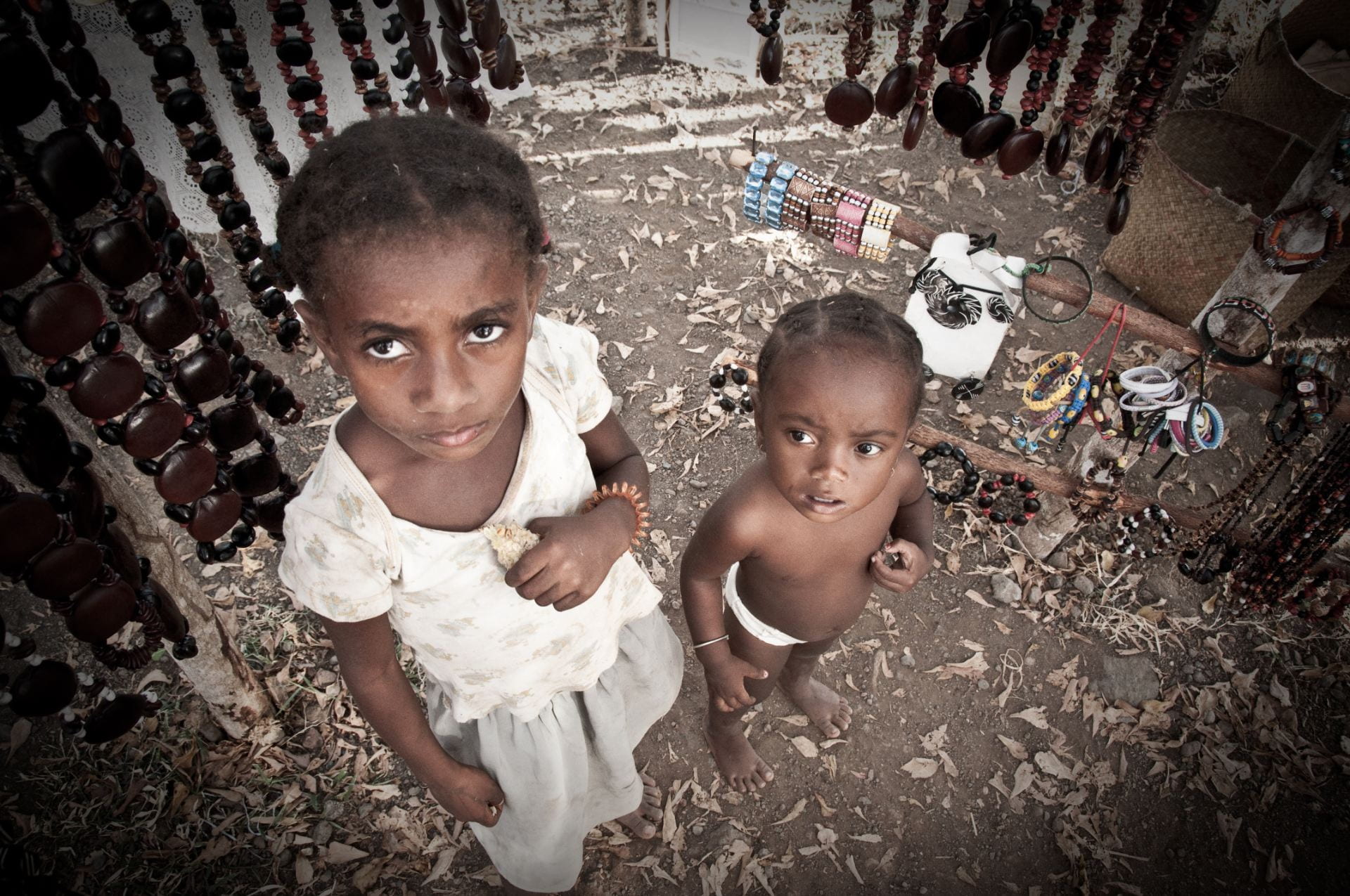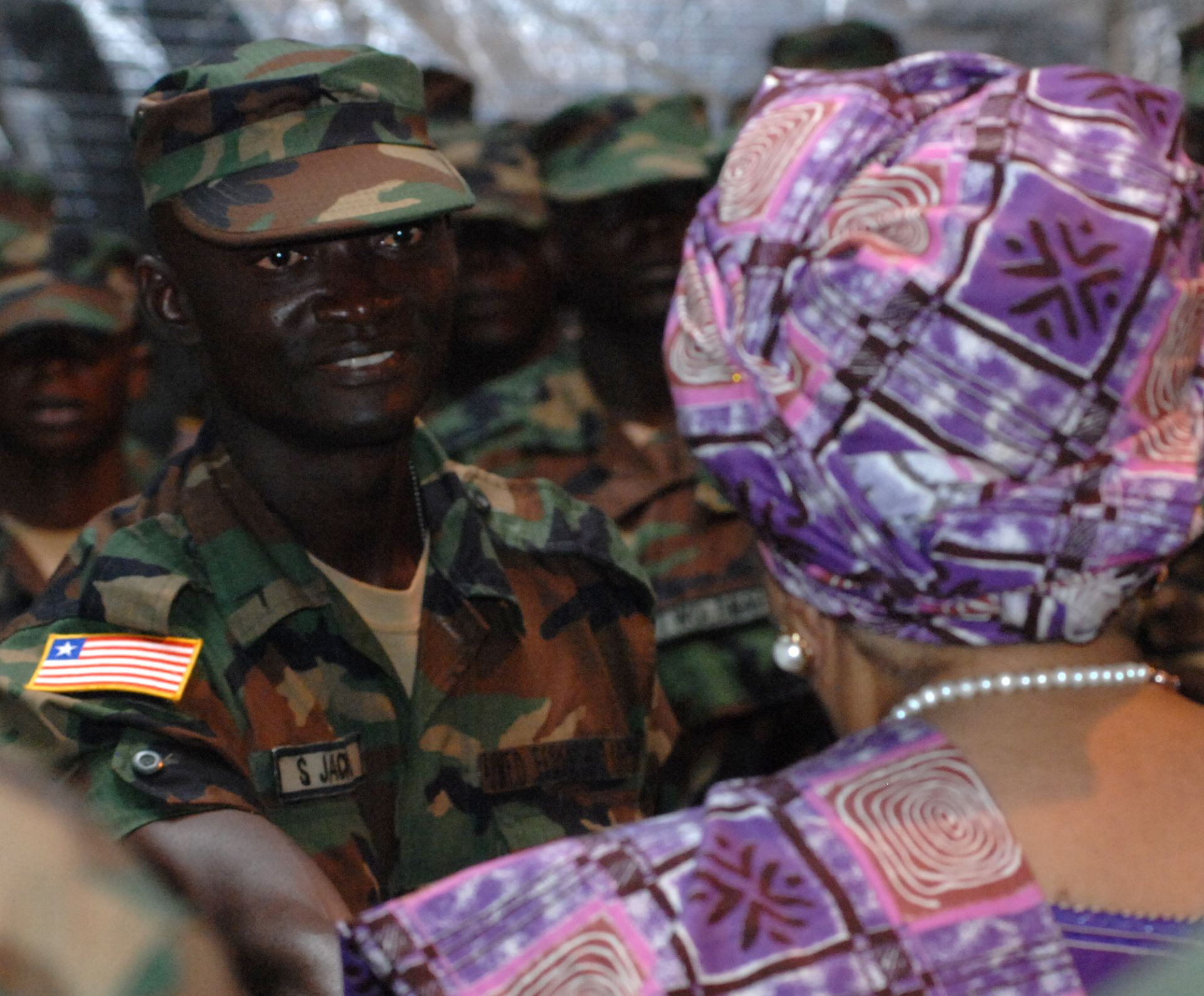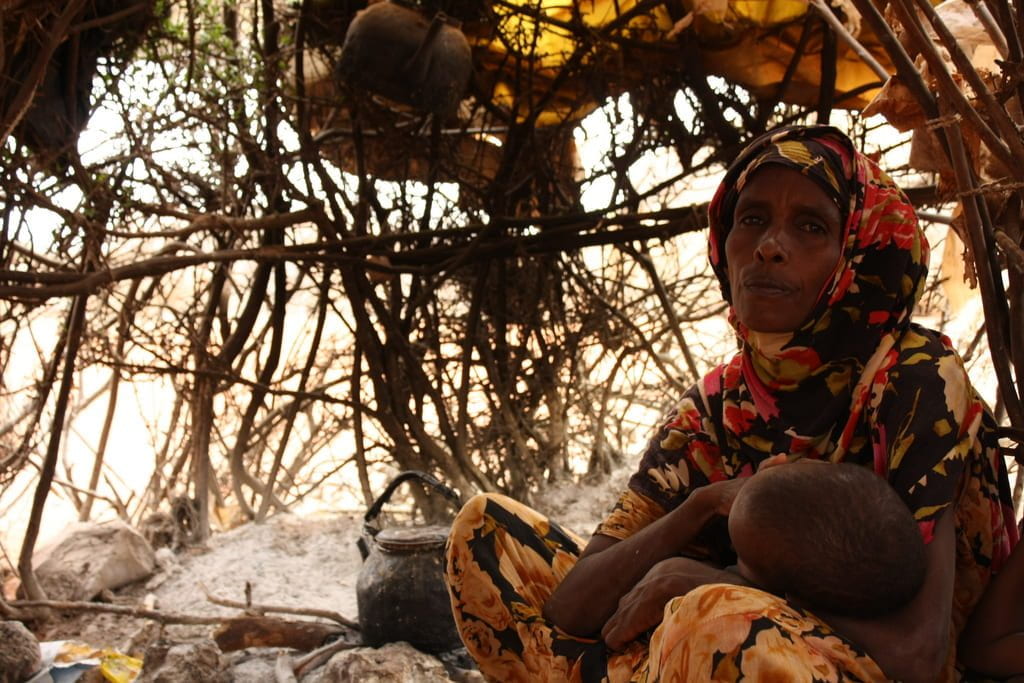
South Sudan, Somalia, Northeast Nigeria, and Yemen are currently experiencing what is being recognized as an international famine crisis. The lack of food in these countries has resulted in twenty million individuals suffering from extreme hunger, caused by agricultural and civil misfortunes. Starvation is expanding at an overwhelming speed; within the last three months, three million citizens from these regions are experiencing extreme food shortages. Famine has officially been declared in South Sudan, while the United Nations (UN) warns that the food shortages in Nigeria, Yemen, and Somalia are only a few months away from reaching similar extremities. At this rate, these regions could face societal and economic challenges for an extraneous period. The UN has requested a total of $4.4 billion, in attempt to reverse famine in the affected countries. The purpose of this blog is to bring awareness to the global issue of starvation and famine, with regards to the collapse of civil structures and ecological factors that have severely influenced the rise of famine.
Famine refers to a wide-ranging and life-threatening food insufficiency in a specific region of the world. The issue can be created by drought, epidemics, population imbalances, inflation, and government instability. The UN determines an official famine crisis through evaluation of the food shortage margins. The official United Nations website mandates, “A famine can be declared only when certain measures of mortality, malnutrition and hunger are met. They are: at least 20 per cent of households in an area face extreme food shortages with a limited ability to cope; acute malnutrition rates exceed 30 per cent; and the death rate exceeds two persons per day per 10,000 persons.” Natural and man-made catastrophes have worked hand-in-hand for the reasons behind the current famine issue. As political conflict and resource deprivation create an overpowering effect on a region’s agriculture and cost of food, individuals are stripped of the Universal Declaration of Human Rights (UDHR). This declaration was created by fifty-six international representatives in 1948 as a universal agreement to essential human rights. The document was put into action only three years after the 1945 Vietnamese famine, which killed roughly two million citizens within six months. Article 25 of the UDHR states, “Everyone has the right to a standard of living adequate for the health and well-being of himself and of his family, including food, clothing, housing and medical care and necessary social services, and the right to security in the event of unemployment, sickness, disability, widowhood, old age or other lack of livelihood in circumstances beyond his control.”
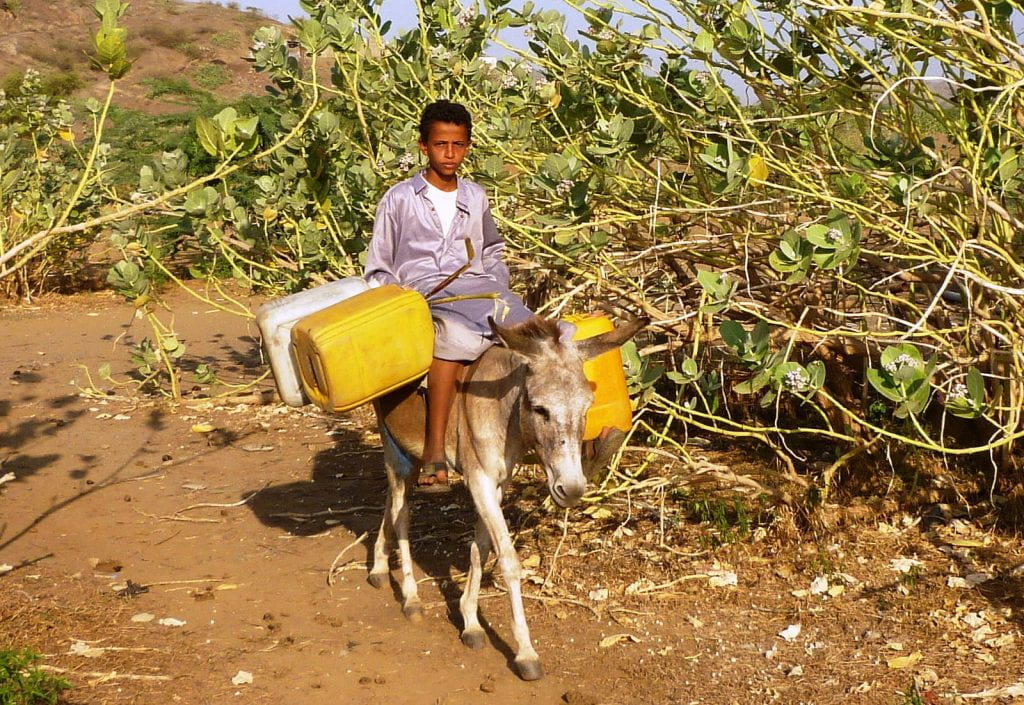
YEMEN What was already the poorest Arab country is now considered to be experiencing one of the world’s worst hunger crises. Two-thirds of the Yemenis population are suffering with food insufficiency. Eighteen million individuals are facing severe food and water shortages in Yemen, and seven million of these deprived citizens are classified as starving. Conflict is to blame for Yemen’s nearing famine crisis. Yemen’s former president’s, Abdrabbuh Mansur Hadi, failed attempts to provide adequate fuel subsidies to the Yemenis people resulted in the Houthis driving him out of the city of Aden. The clash between Yemen’s Houthi rebels and President Hadi’s soldiers has resulted in a violent civil war, and citizens’ food accessibility and resources have become targets. OXFAM, an international union for poverty assistance, has stated, “Ports, roads and bridges, along with warehouses, farms and markets have been regularly destroyed by the Saudi-led coalition, draining the country’s food stocks. The Houthi led de-facto authority on the other hand, is delaying the delivery of life-saving relief, and sometimes detaining aid workers. This, coupled with a flattened economy, has created an abyss of hunger and a serious threat of famine.”
SOMALIA Drought plays a prominent role in Somalia’s excessive hunger issue. Minimal rain fall has disrupted Somalia’s society three times in nearly twenty-five years. Nearly three million Somalian citizens are suffering from starvation, while 6.2 million citizens are experiencing food and water shortages. This drought has created a spiral of decline for the population’s malnourishment, physical health, and educational standing. An Islamic militant group, Al-Shabaab, has restricted Somalia’s access to resources after gaining political control of the country in 1991. The previous Somalian government, ruled by Mohammed Barre, was instructed to flee the capital, Mogadishu, after being overthrown by the terror group. During the conflict, the United States cut off their contributions to Somalia, due to the objection of Al-Shabaab. No official government has been established since Barre’s departure. For many years, the militants have blocked access to food and water resources and have required external contributors to pay ten thousand dollars, before allowing them to assist the citizens. The charge was lifted during Somalia’s 2011 food and drought crisis, but the general regulations of Al-Shabaab continue to affect Somalians’ resource abundance. This lack of food and water has caused severe consequences to the victimized citizens, resulting in cholera, measles, malaria, and other fatal diseases. Office for the Coordination of Human Rights recognizes the malnutrition of the Somalian children by stating that 185,000 children are in fatal condition and need of immediate aid. The rebellious leaders have displayed little to no concern with the victim’s current situation, presenting a correlation between Somalia’s political power and failed assistance. The Universal Declaration of Human Rights has been made irrelevant to the countries’ current leaders, but Anthony Lake, United Nations International Children’s Emergency Fund’s Executive Director, asserts, “We are making a difference in the areas we can reach. With the World Food Programme and other partners, we are treating acutely malnourished children. We are vaccinating children against measles and polio. We are providing safe water and sanitation services. But this is nowhere close to enough. Without adequate resources and without safe access, we and our partners will be unable to reach children whose lives are at imminent risk.What is already a crisis can become a catastrophe.”
NIGERIA Northeast Nigeria’s 2.5 million food deprived individuals are experiencing food and water disadvantages, stemming from both extreme drought and political injustice. 100,000 Nigerian citizens are facing fatal consequences of undernourishment and are expected to die from starvation this year. Boko Haram, and Islamic insurgent group from the northeastern region, have spent seven years destroying agricultural resources in Northeast Nigeria and restricting access and assistance to the state of Borno. The radical group not only rid citizens of their right to food and well-being, but also committed violent crimes of kidnapping, suicide bombings, and militant attacks. Although access has improved since the Nigerian army cleared numerous villages in Borno of the militant group, many human rights established by the UDHR continue to be violated today. UNICEF released a statement that claims, “Fews Net, the famine early warning system that monitors food insecurity, said late last year that famine likely occurred in some previously inaccessible areas of Borno states, and that it is likely ongoing, and will continue, in other areas which remain beyond humanitarian reach.” Anthony Lake believes that the lack of food assistance is expected to impact the health of 400,00 children in Nigeria, leading to the possibility of fatality for one in every five kids. This translates to an incomprehensible 246 fatalities in children each day in only one of the famine-potential countries. The United Nation’s Office for the Coordination of Humanitarian Affairs recognizes the detracted human rights of the Boko Haram victims by stating, “In newly accessible areas vulnerable host populations are in critical need of humanitarian interventions including food, water, sanitation, protection, education, shelter and health services.”
SOUTH SUDAN As of February 20, 2017, the world’s newest country has officially declared famine in several locations. The crisis encompasses 4.9 million citizens in need of food and water assistance, including one million individual’s reaching famine. South Sudan’s famine is man-made and could have potentially been avoided. Political opposition between South Sudan’s President Salva Kirr Mayardit and Former Vice President Riek Machar led to an eruption of violence between the Sudan People’s Liberation Army in 2003. The hostility spread past the political supporters to groups and communities throughout South Sudan. Agriculture has been disrupted by this civil war and by severe drought, leaving the majority of South Sudanese citizens with a life-threatening shortage food and water. The Sudanese government has not only created the chaos that has led to a famine catastrophe, but has failed to consider and abide by the Universal Declaration of Human Rights. With consideration of South Sudan’s short six-year span of independence, the country’s political and agricultural downfall has brought awareness of the current crisis across the globe. The United Nation’s Secretary, General Antonio Guterres claims, “Despite the alarm sounded by the United Nations and the international community over this crisis, the Government has yet to express any meaningful concern or take any tangible steps to address the plight of its people. On the contrary, what we hear most often are denials – a refusal by the leadership to even acknowledge the crisis or to fulfil its responsibilities to end it.”
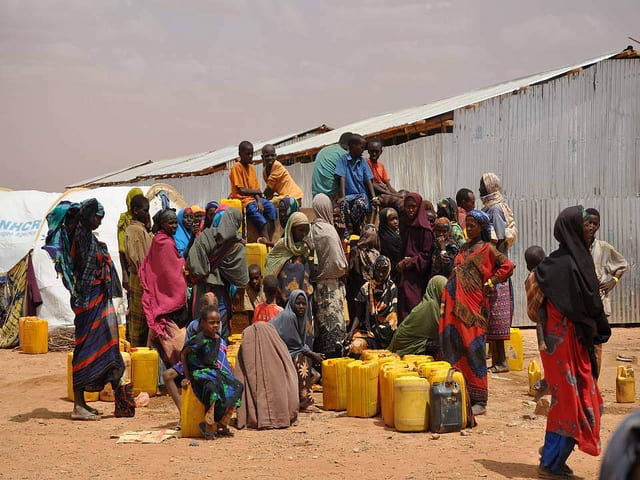
United State’s Evolving Contributions The current amount of support going towards the United Nations request of $4.4 billion could take longer than originally anticipated. President Donald Trump has obstinately planned to minimize The United States government’s contributions to the sufferers of these countries, cutting the amount of foreign aid from the United Nation by nearly twenty-nine percent. He calls this “America First.”
The United States is expected to decrease the budgets for all international developments by approximately thirty-seven percent. These revised budget plans constructs a message that greatly contradicts the United States previous assistance, created to specifically minimize the issues of starvation and famine across the globe. Trump’s attempt to decrease funding costs is anticipated to target the McGovern-Dole Food for Education Program, originally created by the former senators Bob Dole and George McGovern in 2003. The program has gained a positive reputation for its provided assistance to multiple countries each year. This assistance is focused on agricultural needs, financial donations, and technical advancements. The priority of the McGovern-Dole is to distribute food aid to the countries most effected by hunger and food shortages. Trump’s proposition for eliminating funds for the McGovern-Dole Food has been established through the “America First” budget blueprint, stating that the program“lacks evidence that it is being effectively implemented to reduce food insecurity.” If this elimination is successful, $200 million dollars in food contributions will no longer be an option for the countries currently experiencing famine.
In comparison to the Trump administration, the Obama Administration assisted in United Nations starvation crisis by providing thirty-five million dollars worth of food to Sudan in May of 2016. Similarly, the US provided the United Nation’s World Food Programme (WFP) with $125 million for food in the countries of Syria, Jordan, Egypt, Iraq, Lebanon, and Turkey. The WFP “is the leading humanitarian organization fighting hunger worldwide, delivering food assistance in emergencies and working with communities to improve nutrition and build resilience.” The United States contributed over three times more than any other country to the WFP in the year of 2015. The WFP raised a total $10,979,000,000, within the years of 2015 and 2016, from donors and funding sources in response to global hunger. The US set the bar high with the generous contributions of approximately $2,015,000,000 each year. Following behind are the United Kingdom, European Commission, and Germany, who’s individual contributions amounted to less than half of the United State’s total. While this amount continues to lead the donations across the world, the proposed cuts will undeniably affect today’s starving victims. Denying contributions and assistance to individuals and countries in need challenges the support to the UDHR.
Famines are preventable UN humanitarian chief, Stephen O’Brien has spoken of the extremity of the famine catastrophe currently impacting the globe. O’ Brien estimated the food shortages can be overturned by raising $4.4 billion by July in his statement to the United Nations Security Counsel. One thing O’Brien expresses passionately- preventibility.
“It is all preventable. It is possible to avert this crisis, to avert these famines, to avert these looming human catastrophes.”
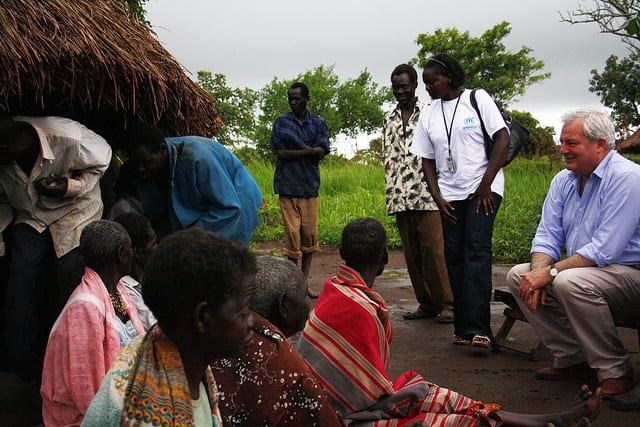
O’Brien’s travels and experiences among the victims of starvation bring about an alertness that is impossible to overlook. O’ Brien states, “For all three crises and North-Eastern Nigeria, an immediate injection of funds plus safe and unimpeded access are required to enable partners to avert a catastrophe; otherwise, many people will predictably die from hunger, livelihoods will be lost, and political gains that have been hard- won over the last few years will be reversed.” His plea for awareness and support based off of both his experiences and current data has been globally recognized by the world, but has lead to unexpected predicaments. Watch UN’s humanitarian chief communicate the issues being faced by the citizens of Somalia, South Sudan, Yemen, and Northeast Nigeria.
Every Contribution Makes a Difference Inevitably, the internet has provided motivated individuals with an outlet for creating contributions for the United Nation’s multi-billion dollar request. Social media has provided increased awareness to the starvation crisis affecting the Yemen, Nigeria, Somalia, and South Sudan. Celebrities including Ben Stiller, Colin Kaepernick, Casey Neistat, Juanpa Zarita, and Chakabars have raised over two million dollars to hep the cause occurring in victimized food shortage countries, specifically Somalia. This contribution began when Jerome Jarre, a French social media celebrity, identified Turkish Airlines as the only accessible commercial airline that flies to Somalia. Jarre utilized Twitter to promote his idea of filling a plane with food and water, and sending the supplies to the Somalians in need. His videos immediately caught the attention of Stiller, and within hours the topic was on Twitter’s Trending Topics. The campaign group’s original goal of one million dollars was reached in less than twenty-four hours of their social media. Turkish Airlines has expressed positive reactions to the campaign, as well. The airline company has announced their willingness to send 60 tons of humanitarian aid, and are expected to send out their first transfer of food on March 27. They have also announced their plan to continue the food transfer through as many commercial flights as needed. Read more information and get involved with the “Love Army For Somalia” GoFundMe page.
The celebrities’ motivation to provide assistance has been viewed as an inspiration around the globe. Our world is in an eye-opening and critical period of humanitarian need. Article 25 of the UDHR may have been overlooked by the government officials of South Sudan, Yemen, Somalia, and Northeast Nigeria, but during times of crisis, our established human rights must be aided by each other.
“We will not enjoy security without development, we will not enjoy development without security, and we will not enjoy either without respect for human rights.” –United Nations Secretary, General Kofi Annan
